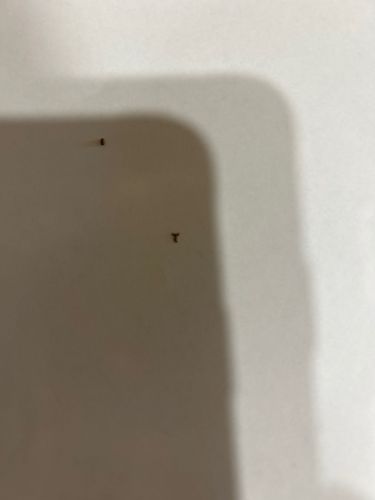Fungus Gnat
Scientific Name: Bradysia spp. (most common genus for indoor fungus gnats)
Order & Family: Diptera, Sciaridae (dark-winged fungus gnats) or Mycetophilidae (fungus gnats)
Size: 2-8 mm (adults are tiny, typically 2-3 mm)

Natural Habitat
Damp, organic-rich environments, primarily indoors near houseplants or anywhere with moisture and decaying organic matter. Larvae live in soil.
Diet & Feeding
Adult fungus gnats typically do not feed or feed on liquids; their primary role is reproduction. Larvae feed on fungi, decaying organic matter, and sometimes the fine roots of plants.
Behavior Patterns
Adults are weak, erratic fliers, often seen hovering near potted plants or windows. They are attracted to light and moisture. Larvae live in the soil and are responsible for any plant damage. Their life cycle from egg to adult is about 3-4 weeks.
Risks & Benefits
Potential risks include damage to plant roots by larvae, especially in young or stressed plants. Heavy infestations can be annoying indoors but are generally harmless to humans. They contribute to decomposition in natural environments.
Identified on: 10/31/2025